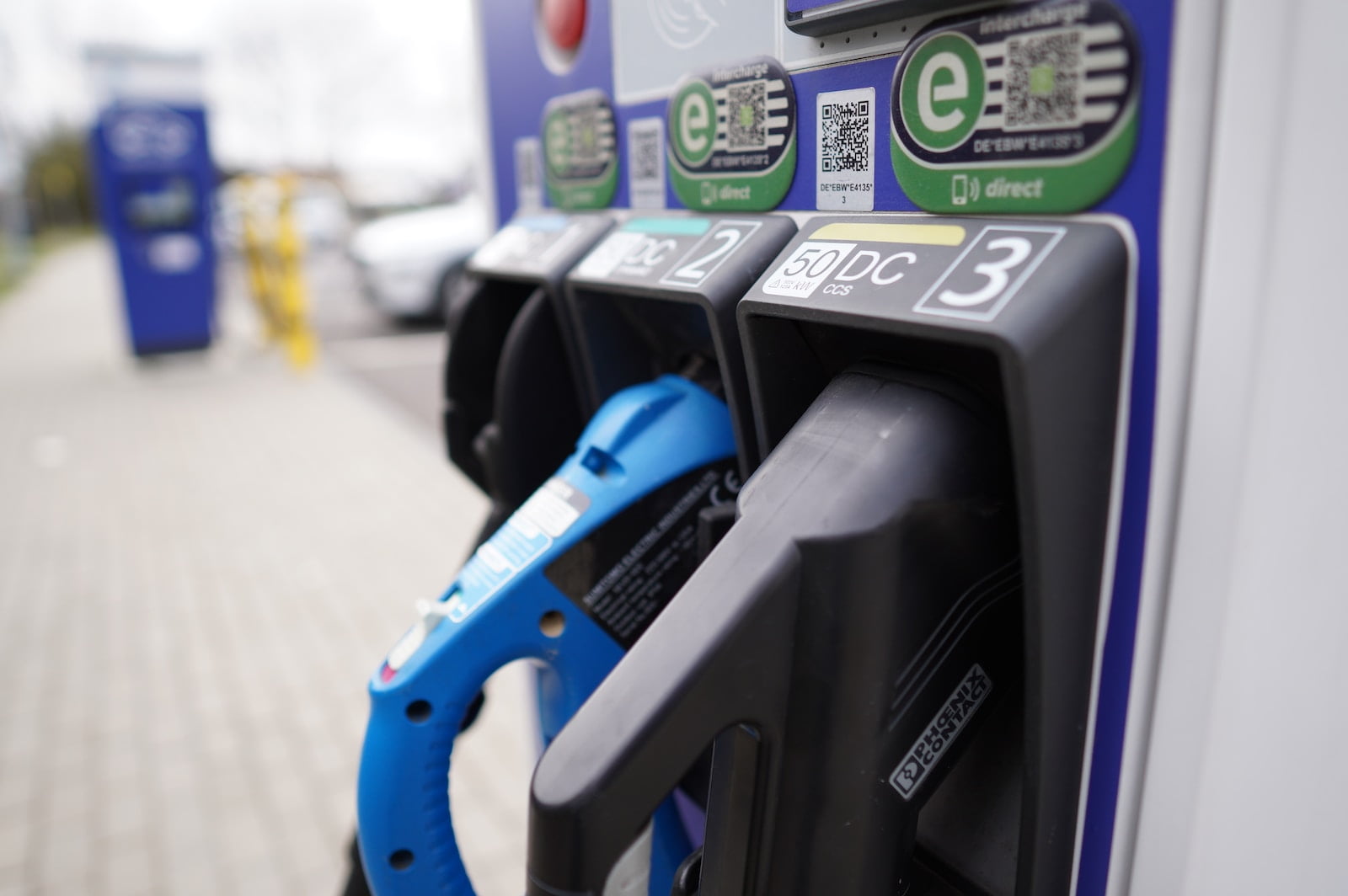The rise of electric vehicles (EVs) has brought about a need for accessible charging infrastructure. Public EV charging stations play a crucial role in ensuring that EV owners have convenient and reliable access to charging facilities. In this blog post, we will explore how public EV charging enhances accessibility for electric vehicles, examining the benefits, challenges, and future prospects of this growing infrastructure.
The Importance of Public EV Charging
The rapid growth in the number of EVs on the roads has created an increased demand for charging infrastructure. Public EV charging stations are essential in meeting this demand and overcoming range anxiety – a common concern among potential EV owners. With accessible charging points, EV owners can confidently plan their routes, knowing that they have a reliable network of charging stations available.
Benefits of Public EV Charging
Public EV charging offers several benefits that enhance accessibility for electric vehicles:
Convenience and Accessibility: Public charging stations are strategically located in public spaces, such as shopping centers, parking lots, and commercial areas. This accessibility ensures that EV owners can easily find and utilize these charging points during their daily commutes or while running errands. It eliminates the need for detours or relying solely on home charging, making EV ownership more practical and convenient.
Reduced Reliance on Home Charging: Not everyone has access to private chargers, especially those living in urban areas or multi-unit dwellings. Public EV charging provides an alternative for these individuals, allowing them to conveniently charge their vehicles without the need for dedicated home charging infrastructure. This accessibility promotes widespread EV adoption and ensures that EV ownership is not limited to specific demographics.
Promoting Sustainable Transportation: One of the primary goals of the electric vehicle revolution is to reduce greenhouse gas emissions and promote sustainable transportation. Public EV charging plays a crucial role in achieving this goal by encouraging the use of clean energy for transportation. By providing accessible charging infrastructure, more people can switch to electric vehicles, contributing to a greener and more sustainable future.
Challenges and Solutions
While public EV charging offers numerous benefits, some challenges need to be addressed:
Infrastructure Development: A robust and widespread charging network is crucial to meet the growing demand for public EV charging. Governments, businesses, and stakeholders must collaborate to invest in infrastructure development, ensuring that charging stations are available in various locations and adequately distributed to cater to all regions.
Charging Speed and Compatibility: Charging time and availability are key concerns for EV owners. Fast-charging technologies need to be standardized and adopted widely to ensure that EVs can charge quickly and efficiently. Additionally, compatibility among different charging networks and vehicle models needs to be addressed to provide seamless experiences for EV owners.


Balancing Demand and Supply: Managing peak demand is essential to avoid strain on the electrical grid during periods of high charging activity. Implementing smart charging solutions that incentivize off-peak charging can help balance the demand and supply of electricity, ensuring that public EV charging operates smoothly without causing disruptions.
The future of public EV charging holds exciting possibilities
Technological Advancements: Ongoing research and development are leading to technological advancements in EV charging. Wireless charging technology is evolving, allowing for seamless and convenient charging experiences. Ultra-fast charging solutions are also under development, promising even shorter charging times, making EVs more practical for long-distance travel.
Integration with Renewable Energy Sources: Integrating public EV charging infrastructure with renewable energy sources like solar and wind power further promotes sustainability. By leveraging clean energy for charging, the environmental impact of electric vehicles can be further reduced. Additionally, vehicle-to-grid (V2G) technology allows EVs to store excess energy and contribute it back to the grid during peak demand periods.
Expansion of Charging Infrastructure: To ensure widespread accessibility, governments should continue to implement initiatives and incentives that support the expansion of public charging infrastructure. Collaboration between public and private entities is crucial in establishing a comprehensive charging station network covering urban areas, highways, and rural communities.
Conclusion
Public EV charging stations are revolutionizing the accessibility of electric vehicles, making them a viable option for more people worldwide. By addressing the challenges and leveraging technological advancements, we can further enhance the convenience and practicality of EV ownership. As we move towards a greener future, public EV charging will continue to play a vital role in promoting sustainable transportation and reducing our reliance on fossil fuels.




